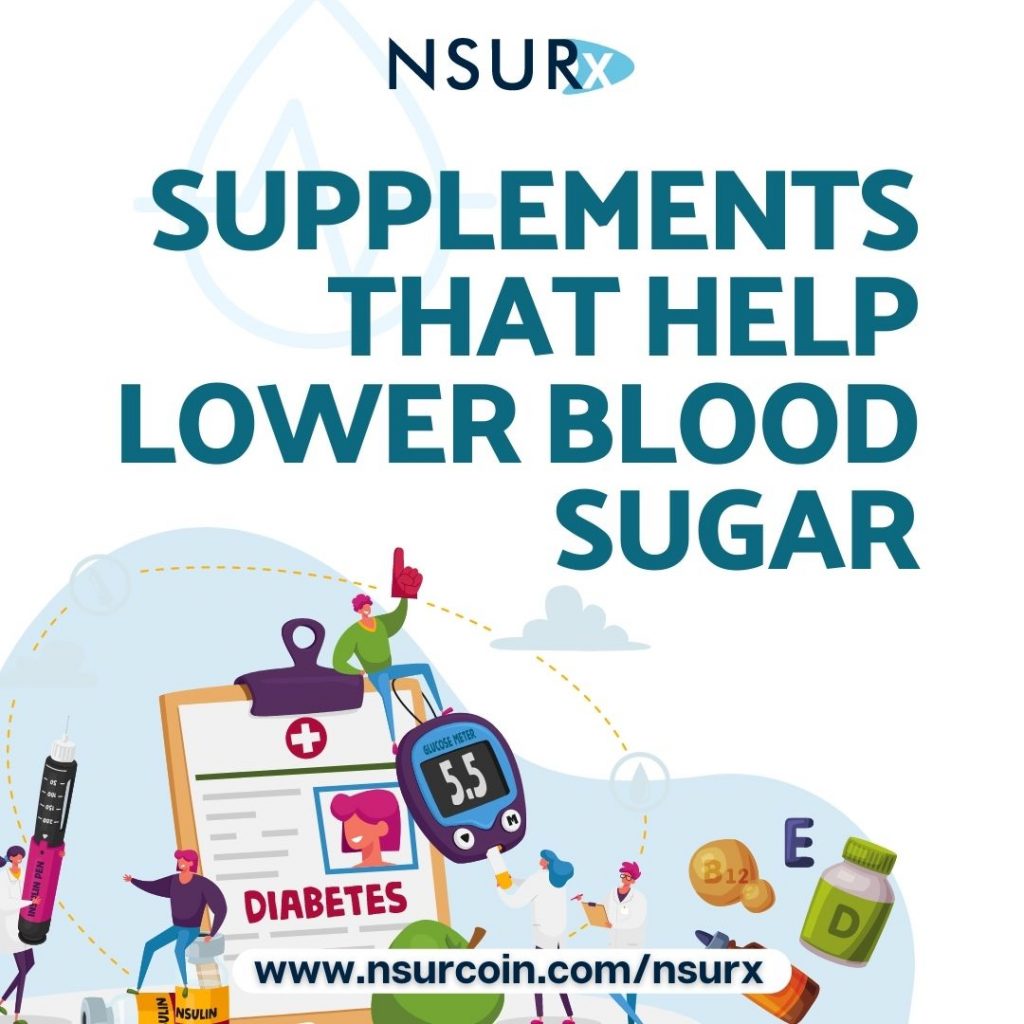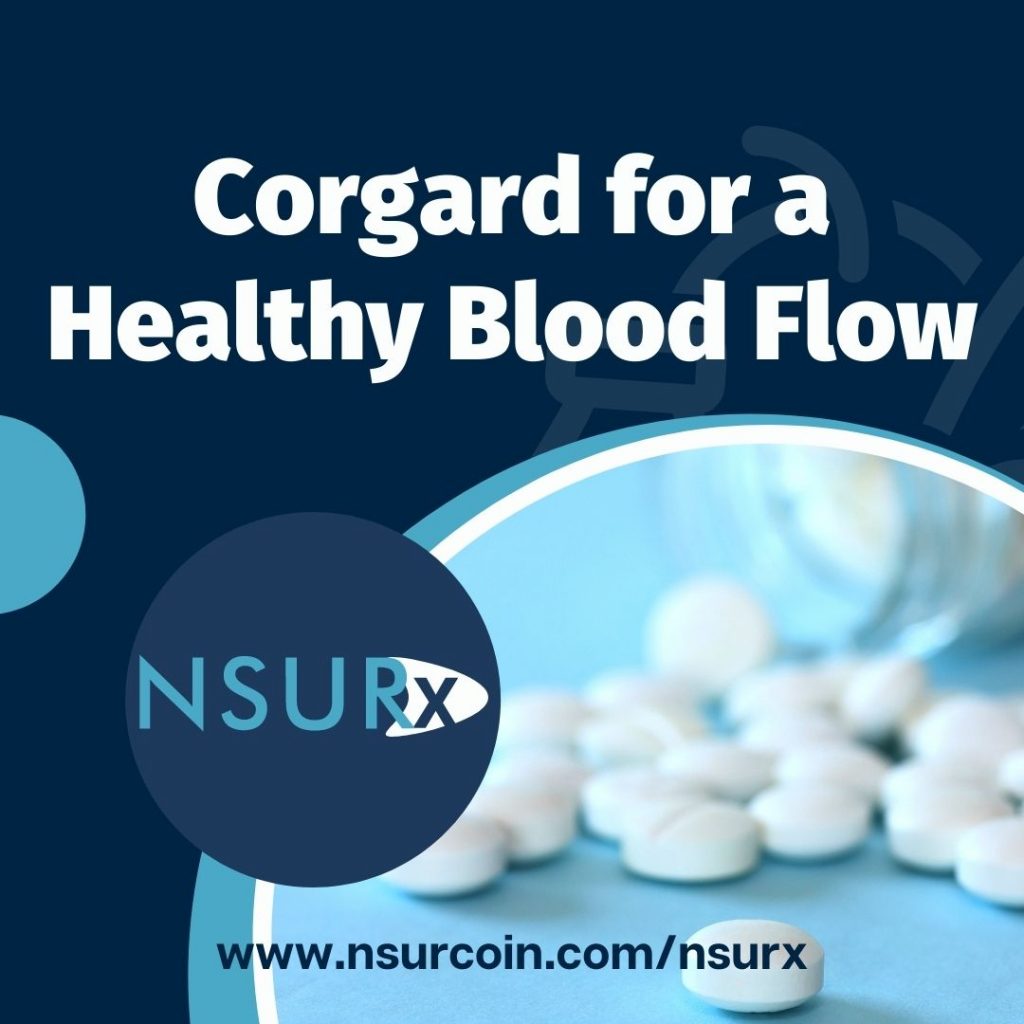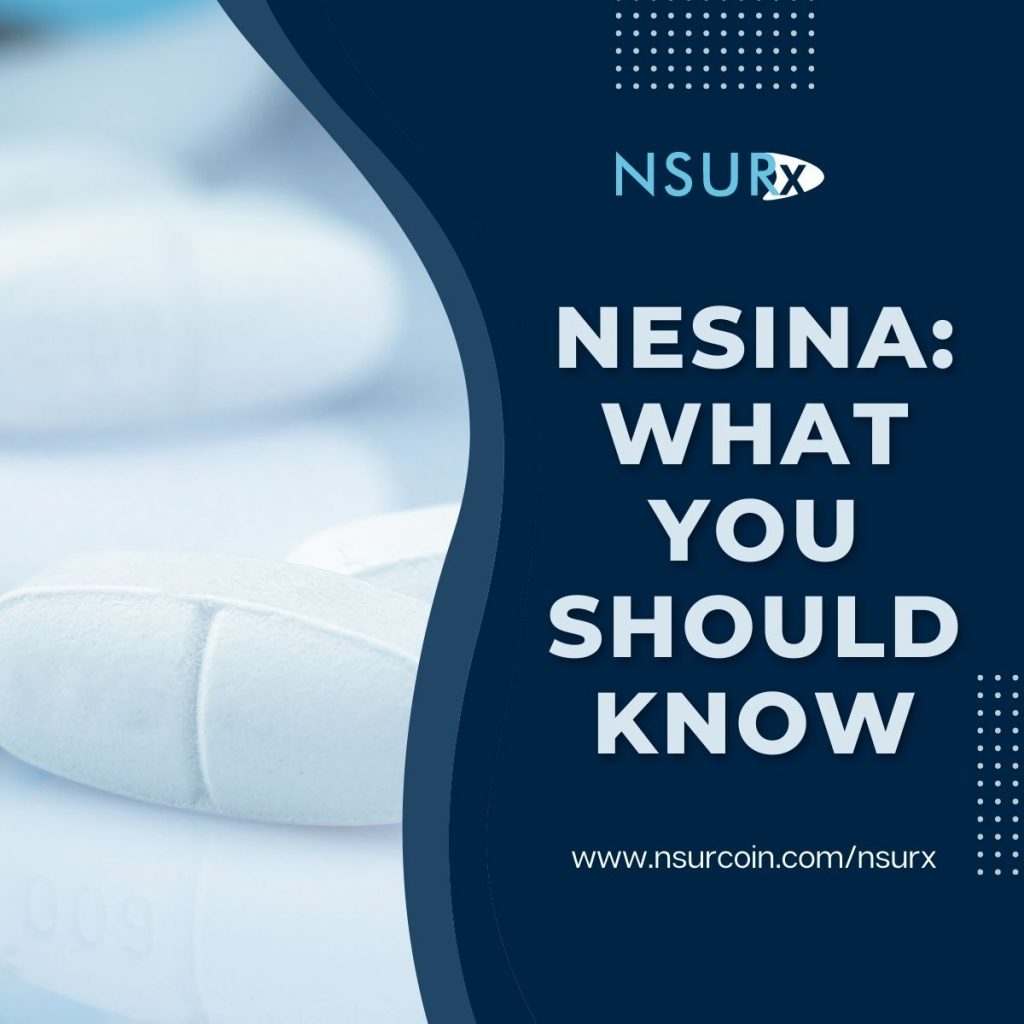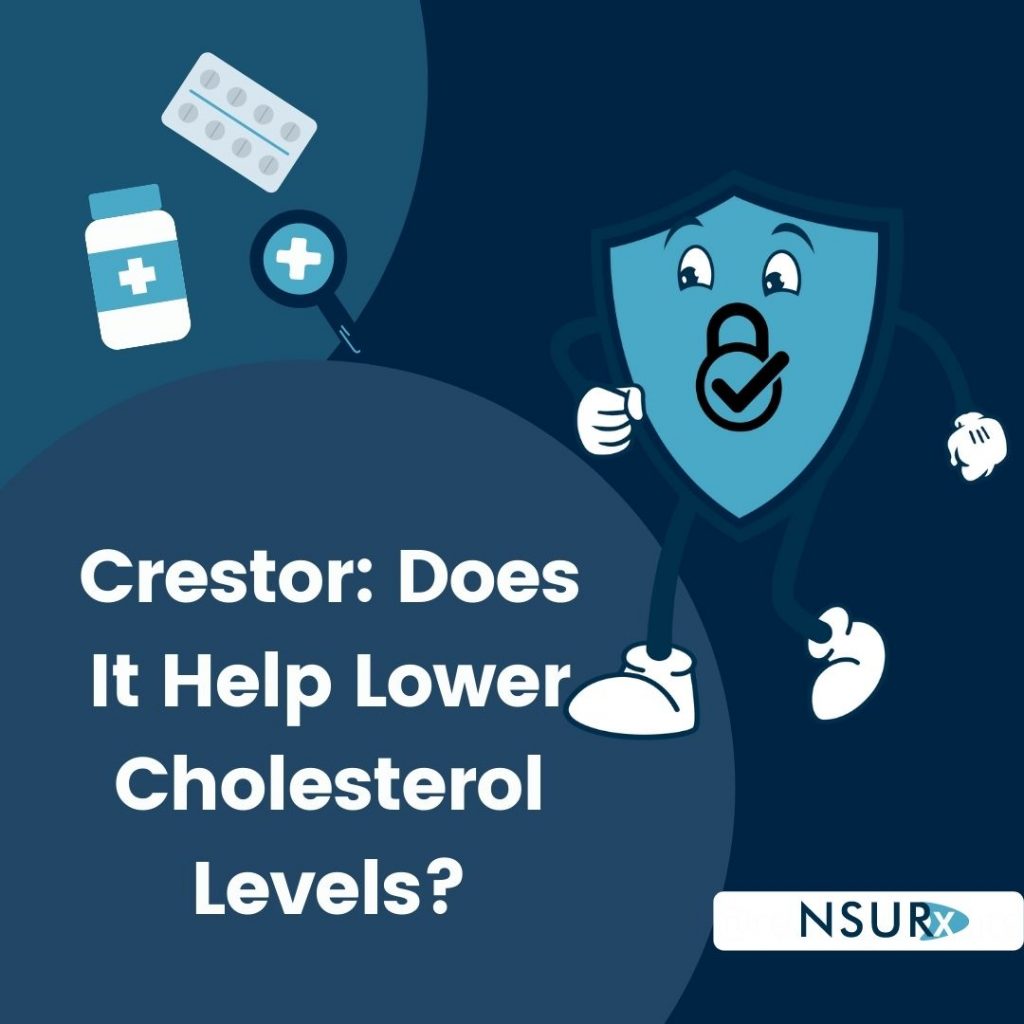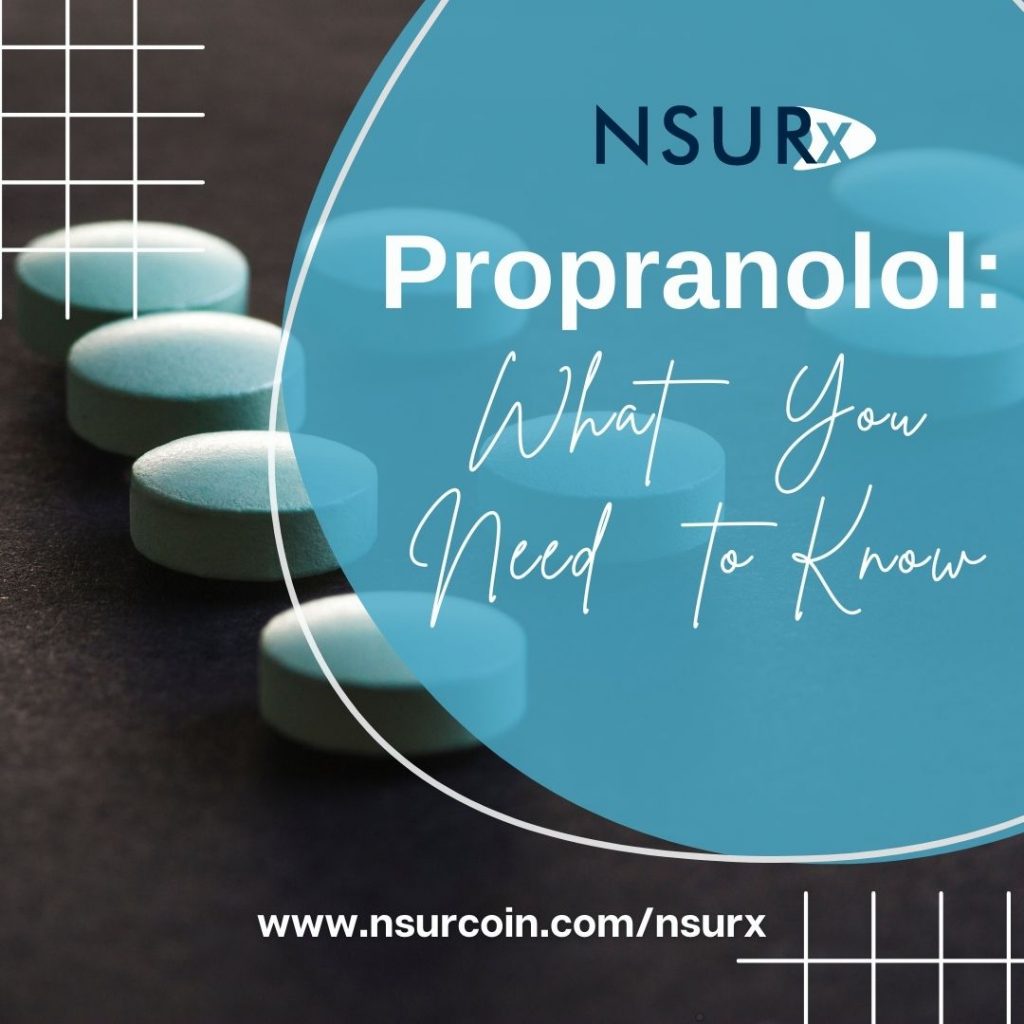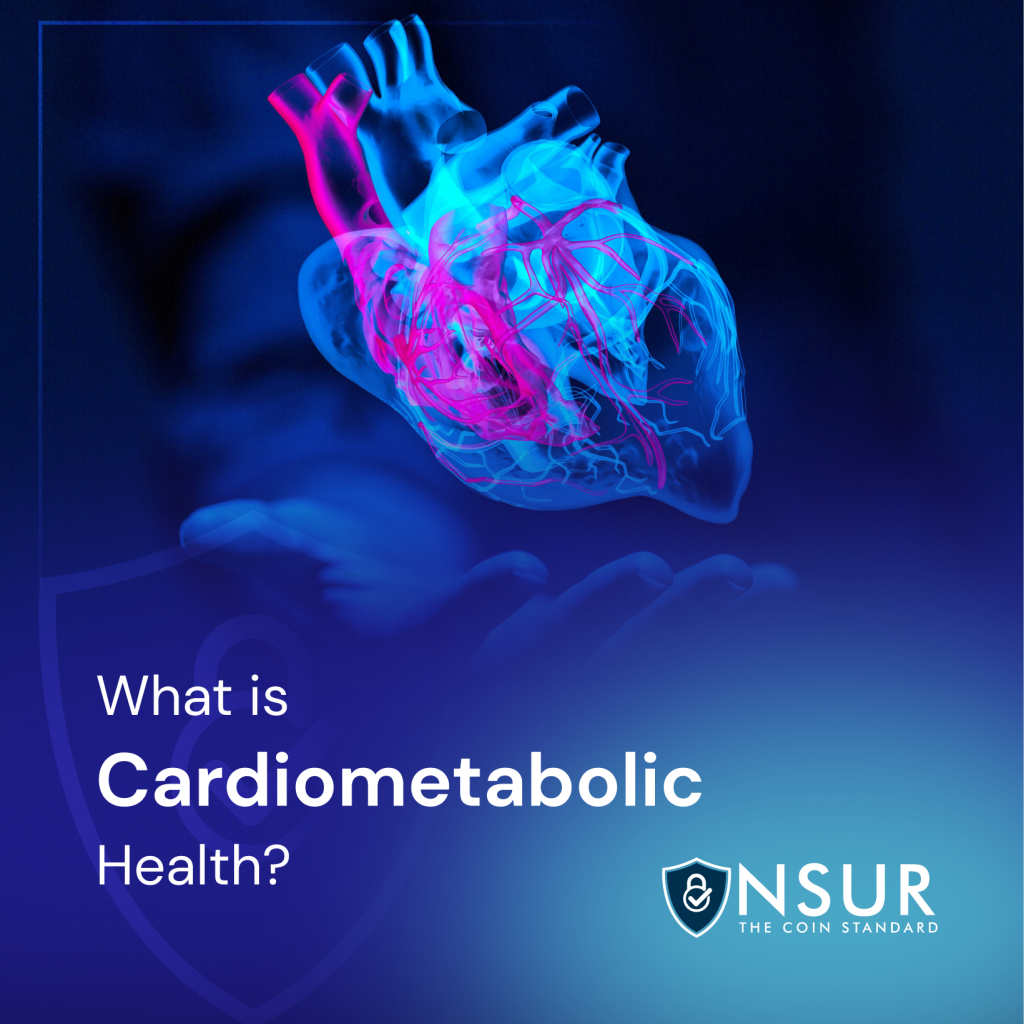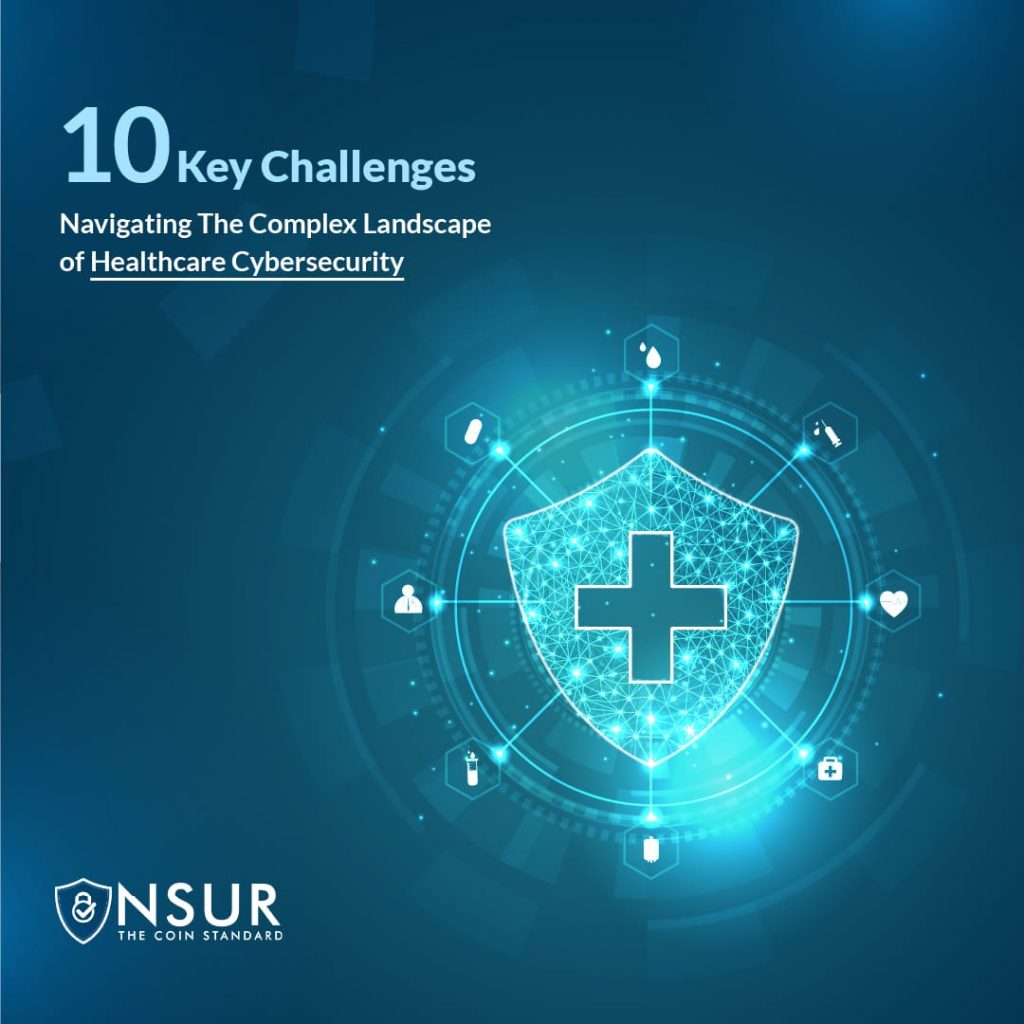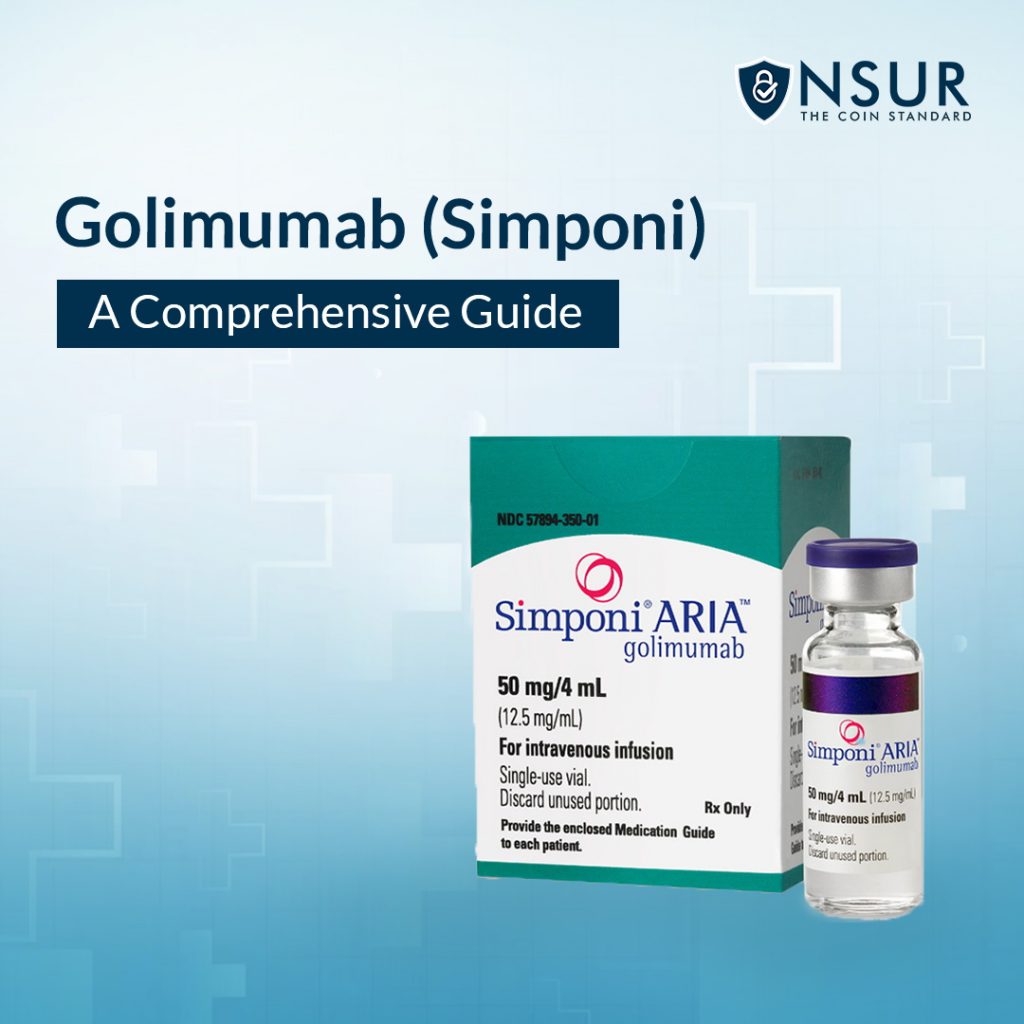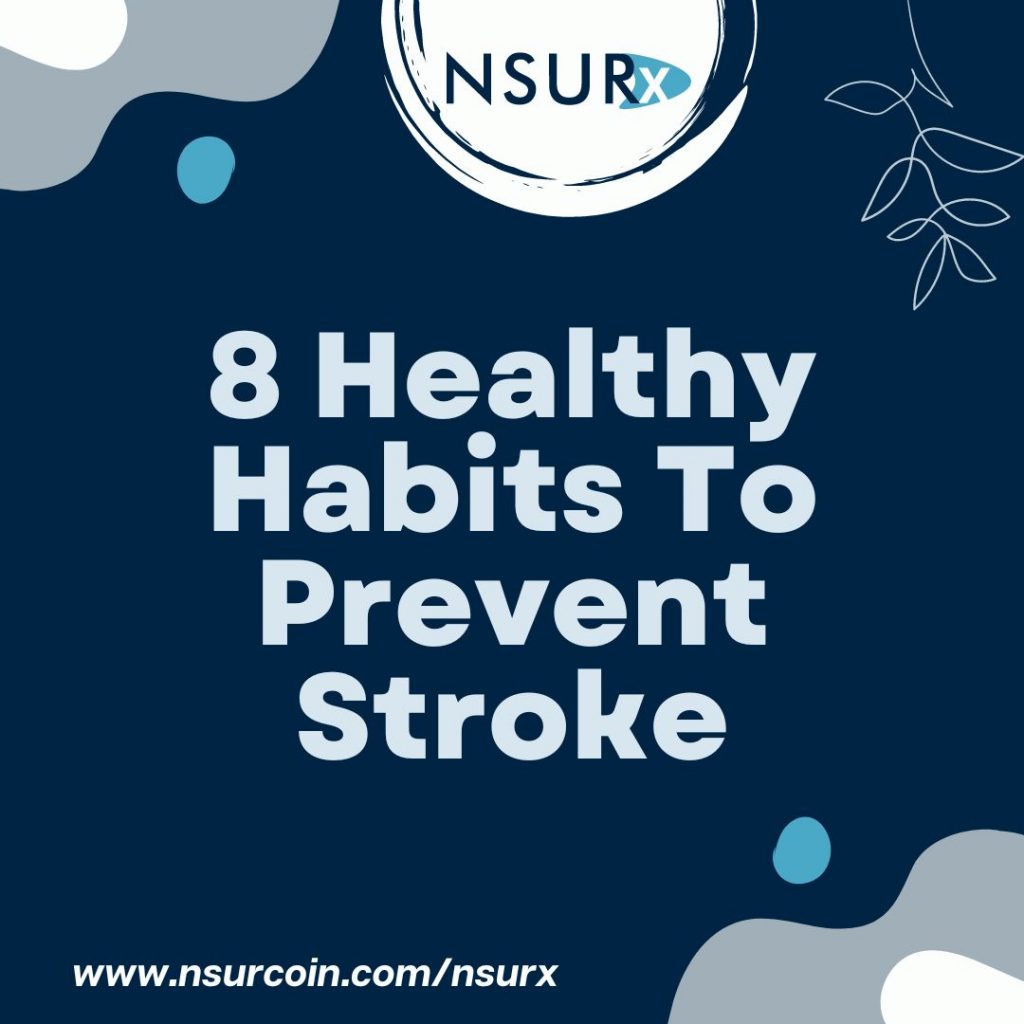
Strokes are preventable. Prevent stroke by watching your blood pressure, cholesterol and blood sugar, exercising and getting your cardiovascular health checked.
More than 795,000 people in the United States suffer from a stroke each and every year according to the Centers for Disease Control and Prevention.
A stroke happens when blood supply to an area of the brain is suddenly cut off. The majority are brought on by a blood clot or another obstruction that prevents blood from flowing normally.
Ischemic strokes are the medical term for this category of strokes. Bleeding in the brain is responsible for about 10% of all cases. These strokes that are caused by bleeding are called hemorrhagic strokes.
Ways To Prevent Stroke From Happening
Most strokes can be avoided. If you make healthy lifestyle changes and work closely with your healthcare team, you can greatly reduce the chance you will suffer a stroke.Here are 8 ways to prevent a stroke from happening:
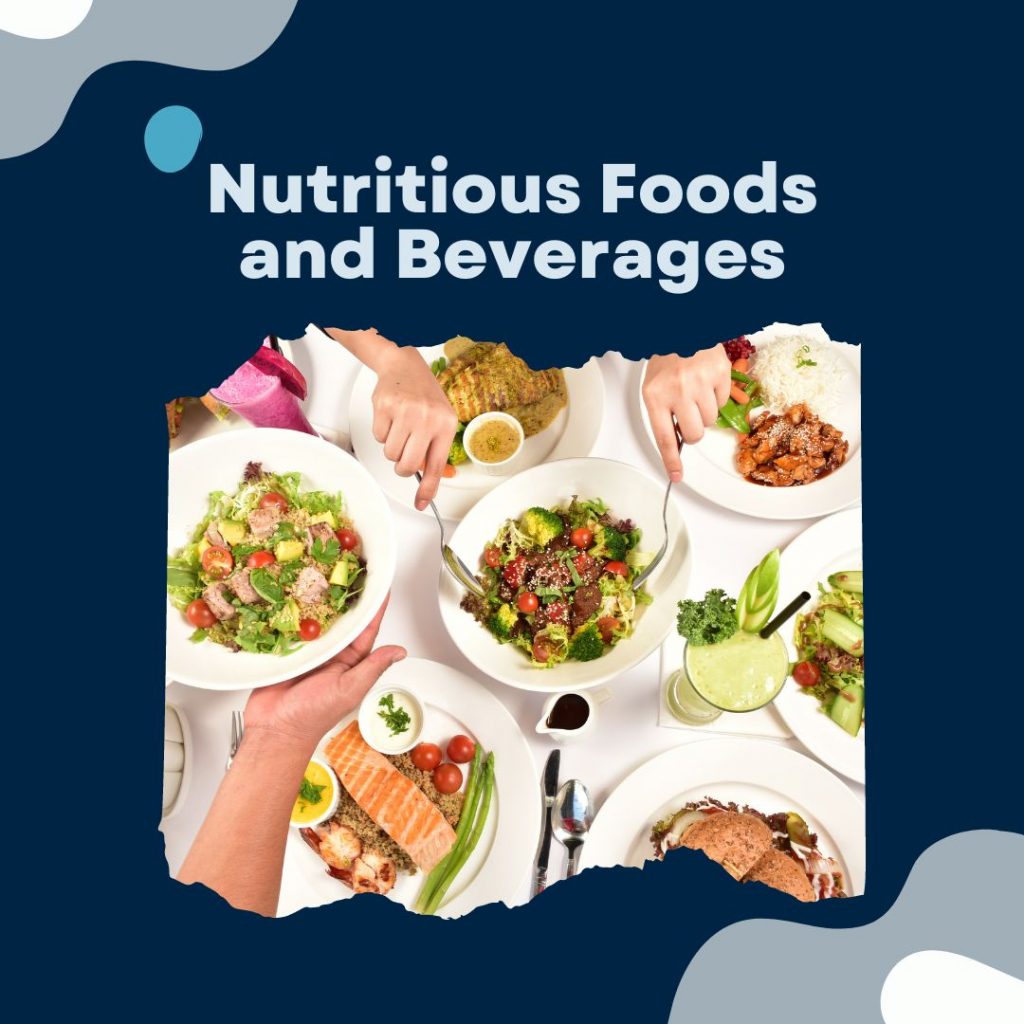
1. Choose Nutritious Foods and Beverages
Eating and snacking in a healthy way can help prevent a stroke.
A stroke is more likely if you have high cholesterol and high blood pressure. Diets high in fiber and low in saturated fats, trans fats, and cholesterol may reduce cholesterol levels. In addition to lowering your blood pressure, cutting back on salt intake can help. Be sure to consume a diet rich in fresh fruits and vegetables in large quantities.
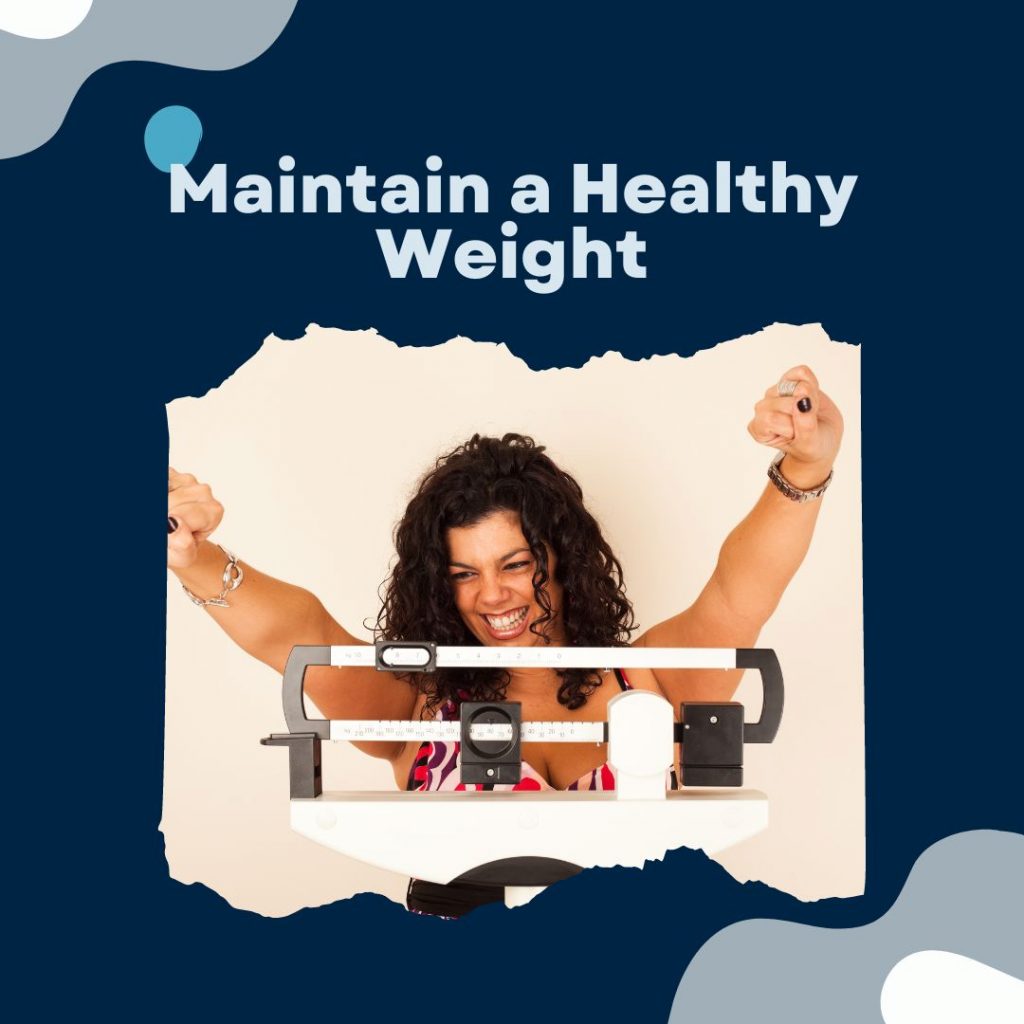
2. Maintain a Healthy Weight
Obesity is one of the causes for stroke to happen, because obesity is comorbid with high cholesterol and high blood pressure. If you’re obese, even shedding 10 pounds can make a significant difference in your risk of having a stroke.
Limit your daily caloric intake to between 1,500 and 2,000 calories (depending on your activity level and your current BMI) to maintain a healthy weight.
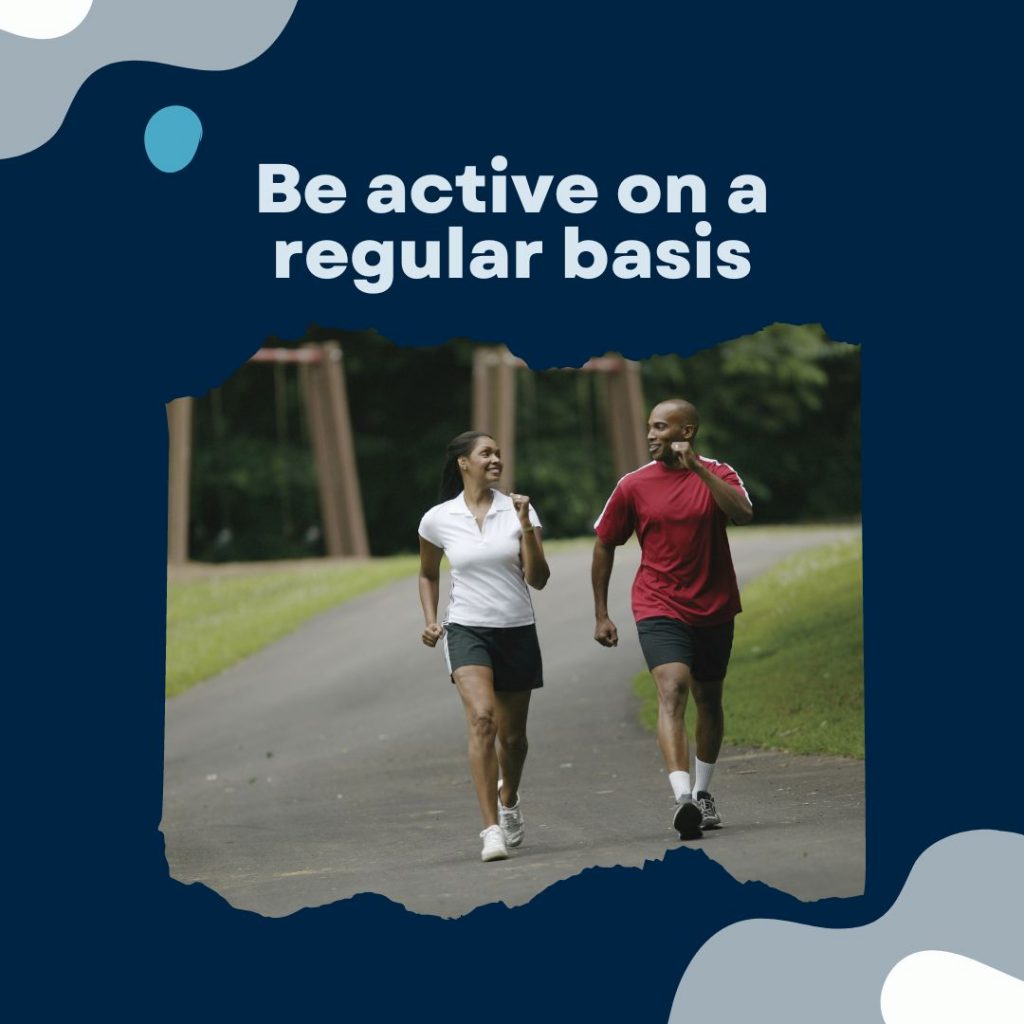
3. Be active on a regular basis
In connection with keeping a healthy weight, you can do physical activity to help lower your cholesterol and high blood pressure levels.
To achieve this, every morning after breakfast, you can go for a brisk walk around your neighborhood or maybe get your friends together and start a fitness center. Make use of the stairs whenever possible and if you can’t get 30 minutes of exercise in at a time, do it in 10 to 15-minute chunks throughout the day.

4. Don’t Smoke
According to a study published by Wolters Kluwer Health, Inc. in the National Library of Medicine, a person’s risk of suffering a stroke goes up by 12 percentage points every time they increase their total number of cigarettes smoked in a day by five.
Cigarette smoke contains both nicotine and carbon monoxide, which raises blood pressure and reduces the amount of oxygen your blood can carry. Even if you don’t smoke but you’re exposed to secondhand smoke, your risk of a stroke increases. Therefore, cut out smoking in order to reduce your risk of a stroke.
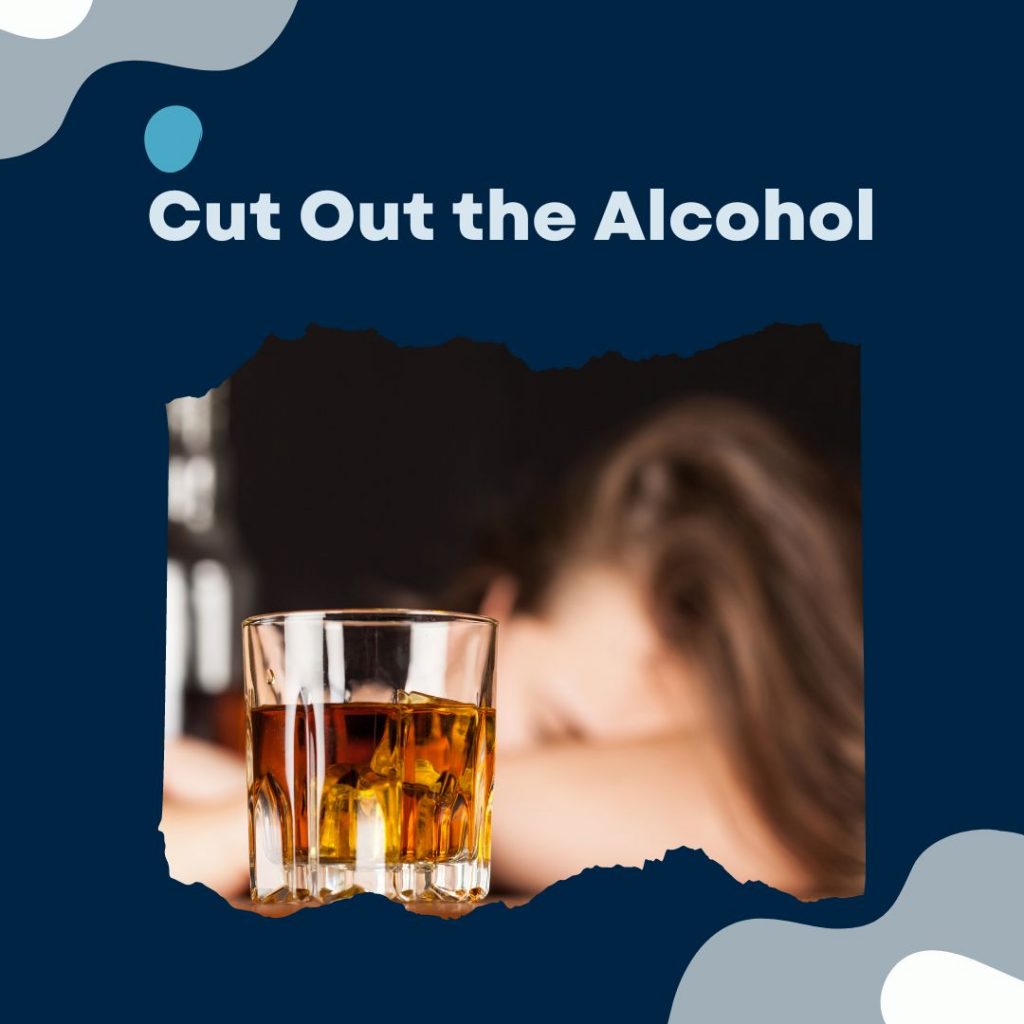
5 .Cut Out the Alcohol
As a result of their high caloric content, alcoholic beverages are known to contribute to weight gain. The consumption of excessive amounts of alcohol ranks as the fourth most common avoidable cause of death in the United States. That’s why males should limit themselves to no more than two drinks per day, while females are limited to one drink per day.
Additionally, atrial fibrillation, an irregular heartbeat caused by excessive alcohol consumption, can increase the risk of stroke by causing high blood pressure. This is because of the disorderly heart rhythm. A stroke can occur if a blood clot in the left atrium escapes the heart and travels to the brain.
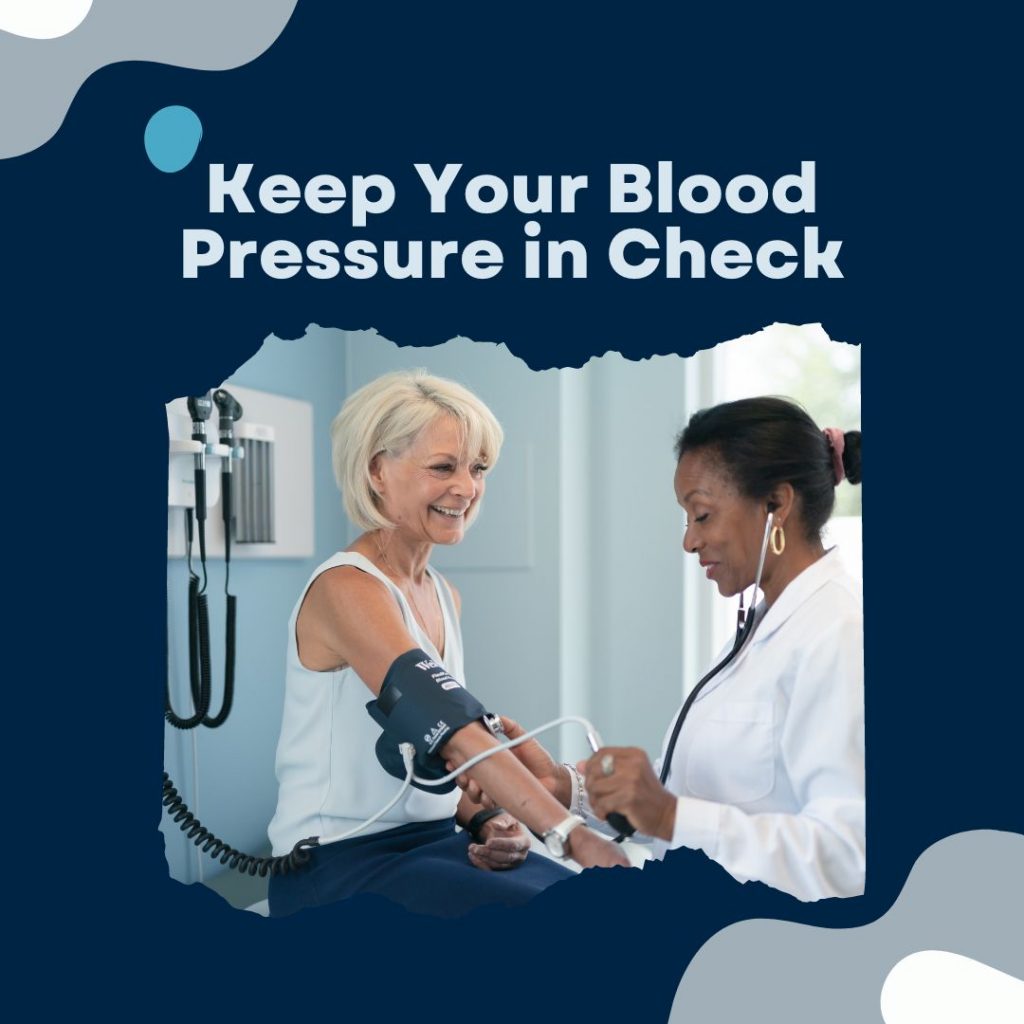
6. Keep Your Blood Pressure in Check
According to the statistics provided by the American Health Association, 52% of all men and 43% of all women in the United States have blood pressure that is considered to be unhealthy. High blood pressure can increase your risk of stroke by up to 4-6 times if it isn’t properly controlled. The thickening of the artery walls can lead to a buildup of cholesterol and other fatty substances, which can lead to the formation of plaques. The blood supply to your brain can be cut off by one of these.
Be sure to get your blood pressure checked regularly, as high blood pressure often has no symptoms. Consult with your medical team to determine how frequently you should have your levels checked. Blood pressure can be checked at home, in the doctor’s office or in a pharmacy, depending on where you live.
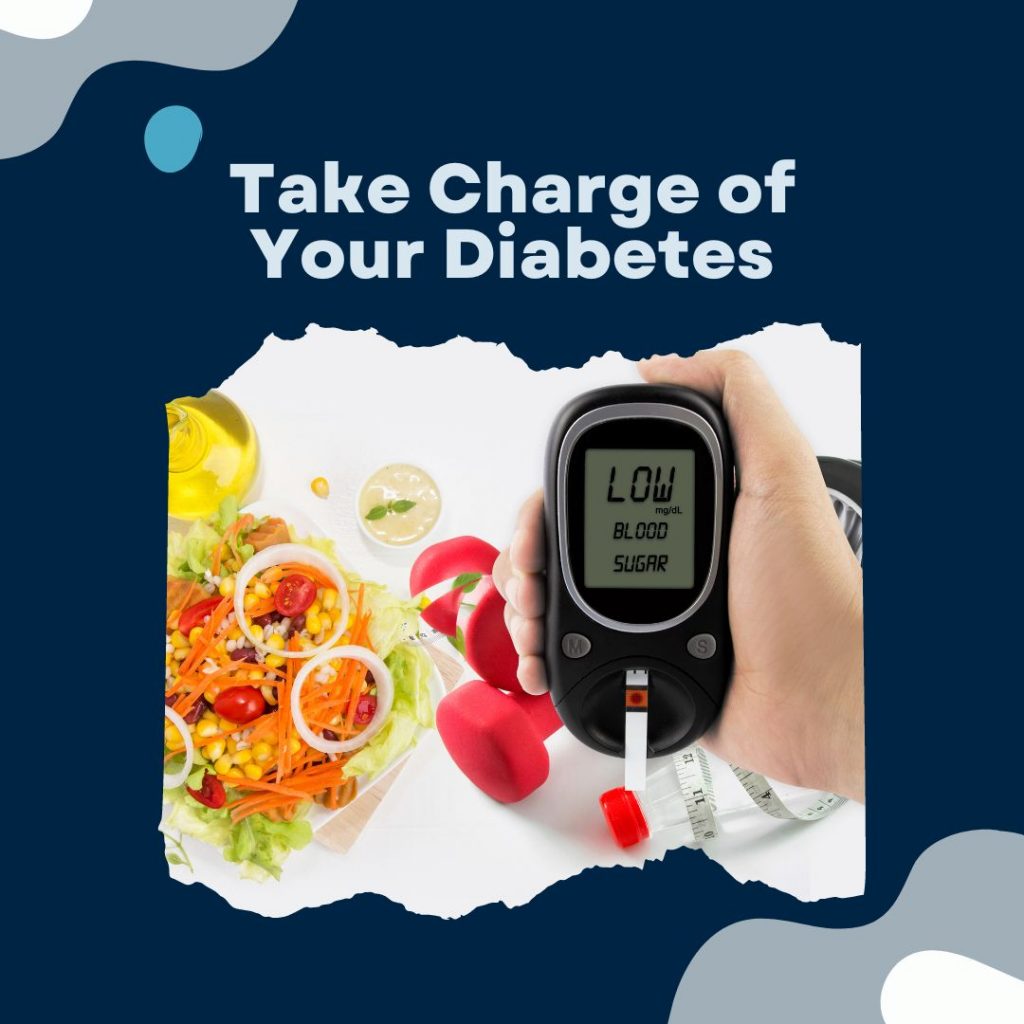
7. Take Charge of Your Diabetes
You are up to four times more likely to suffer a stroke if you have high blood sugar levels according to the Illinois Department of Public Health. Diabetes can cause fatty deposits or clots in your blood vessels if it is not properly managed. This can narrow the blood vessels in your brain and neck, potentially cutting off your brain’s oxygen-rich blood supply.
Check your blood sugar frequently, take prescribed medication, and see a doctor every few months if you have diabetes so they can keep an eye on your blood sugar levels.
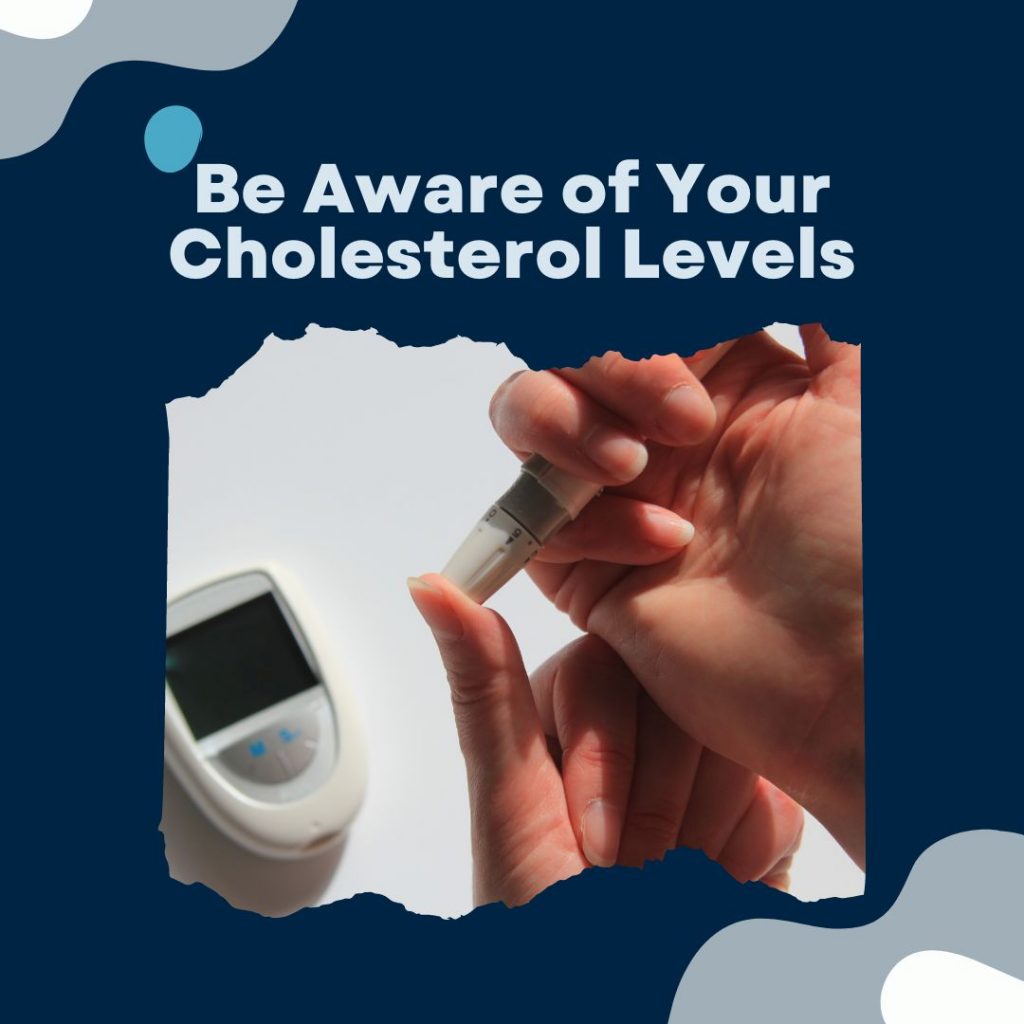
8. Be Aware of Your Cholesterol Levels
Having a high cholesterol level can cause your arteries to become clogged, which can lead to heart attacks and strokes. You should strive to maintain levels of cholesterol and blood pressure that are within the normal range.
NSURx helps you save money on Rxs at 35,000 pharmacies
If you have high cholesterol, taking medication and making changes to the way you live your life can help lower your risk of having a stroke. NSUR offers a prescription discount card called NSURx to help you save money on your stroke prescriptions.
Simply present your NSURx card to the pharmacist the next time you fill a prescription at your local pharmacy and you could save up to 80% on your prescription costs!
Over 35,000 pharmacies accept NSURx prescriptions, including major chains like Walgreens, CVS, and Walmart and smaller, independent retailers in your neighborhood.
Call +1 (855) 917-6216 to find the nearest pharmacy to you that accepts NSURx. Most users have a pharmacy within 2 miles of their home that takes NSURx.

